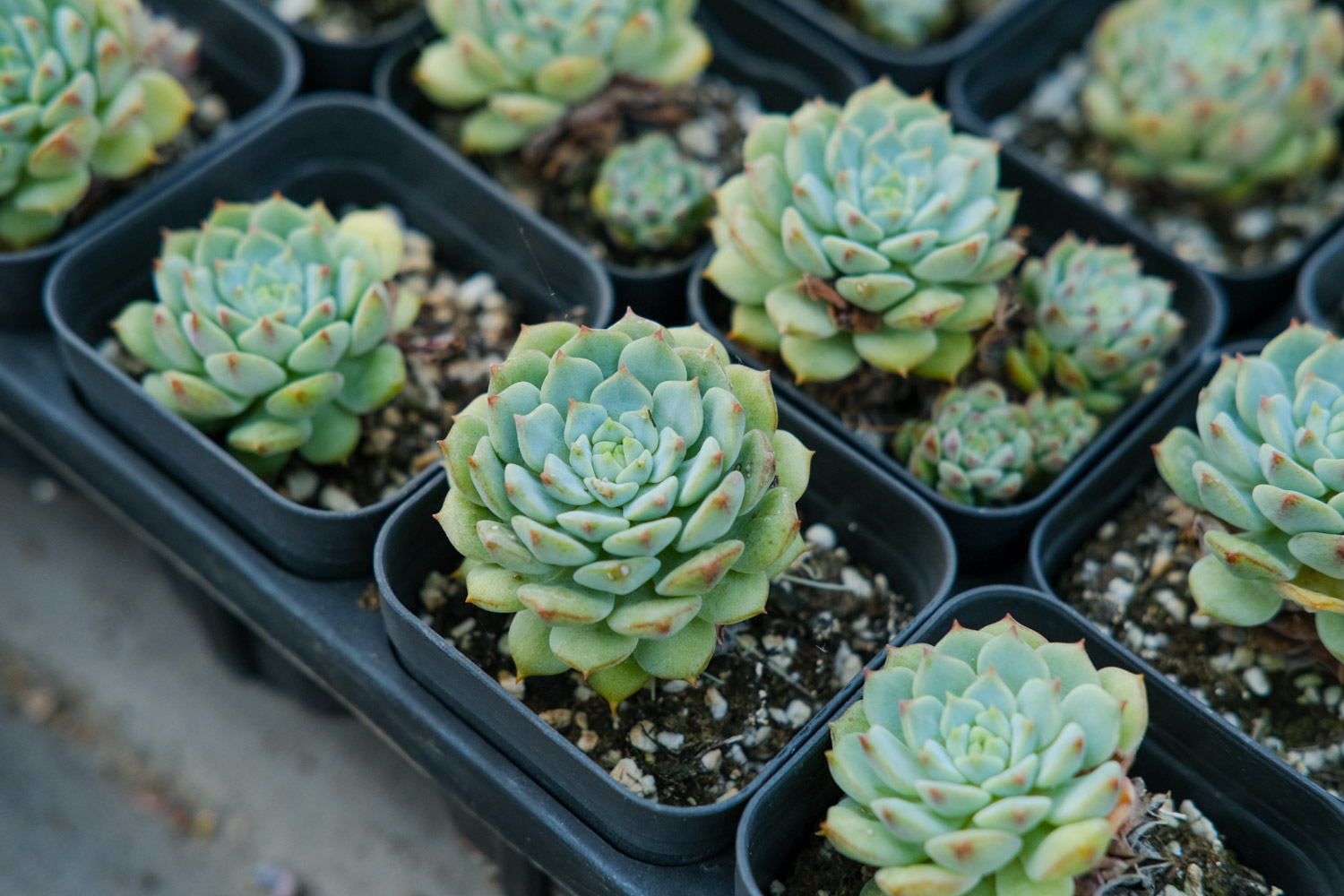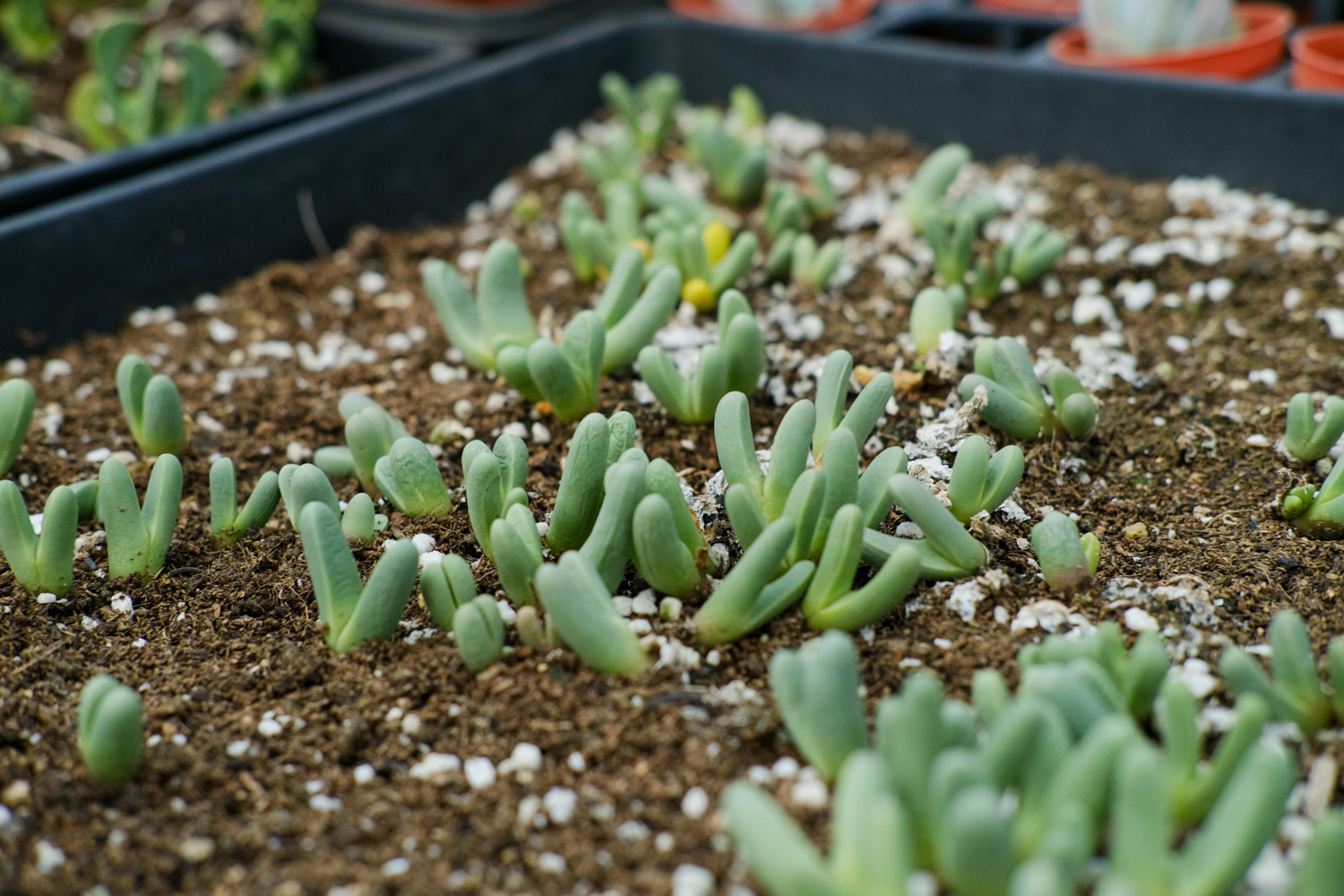1、 Curing method
1. Temperature: from its origin in Mexico, it likes higher temperature, so it can be maintained between 20 and 30 degrees. Generally speaking, it has strong heat resistance, but its cold resistance is not very good. Therefore, the season that needs special attention is in winter, and the temperature needs to be adjusted
2. Light: snow lotus likes better sunshine. Only with enough light can it grow well, and its leaves will be fuller, and the color will turn into beautiful purple. However, don't use too strong light in summer. You need to put it in a semi cloudy position

3. Watering: Saussurea involucrata has strong drought tolerance and does not need much water. After watering too much, a serious consequence is root rot. However, the water demand in summer is relatively large. You can pour a little more water and pay attention to water spraying
4. Fertilization: apply fertilizer to Saussurea involucrata for one layer in about two weeks. It's best to use liquid fertilizer. The concentration should not be too high

2、 Breeding skills
1. Reproduction: the most common and simplest way is leaf insertion. During its growing season, it can be carried out. Select the thick leaves above as the material and cut them off. Dry first and then cut. It can be inserted directly into the matrix or placed flat on it. After that, spray water and choose a semi shady place to prevent it. If the environment is suitable, new buds will soon grow
2. Change basin: try to change it once a year, because snow lotus still has high requirements for soil permeability and nutrients. It can be prepared with rotten leaf soil, garden soil, vermiculite, matrix, etc. After changing the basin, avoid strong light

3、 Diagnosis and treatment problems
1. Diseases: many frequently occurring diseases are aimed at leaves, such as "leaf spot", "anthrax" and so on. These leaves can be cut off in time and used regularly at the same time
2. Insect pests: "aphids" and "scale insects" are very common and do serious harm. Spray insecticides in time and pay attention to whether the surrounding ventilation is good

4、 Other issues
1. Toxicity: it is a kind of poisonous meat. The toxicity mainly exists in the liquid in its stems and leaves without eating by mistake
2. Whether it can be raised at home: Yes, it is a better ornamental plant

 jackfruit
jackfruit snake plant
snake plant hibiscus
hibiscus hydrangea
hydrangea lavender
lavender Green roses climb al...
Green roses climb al... If you don't pay att...
If you don't pay att... Management of four g...
Management of four g...
































